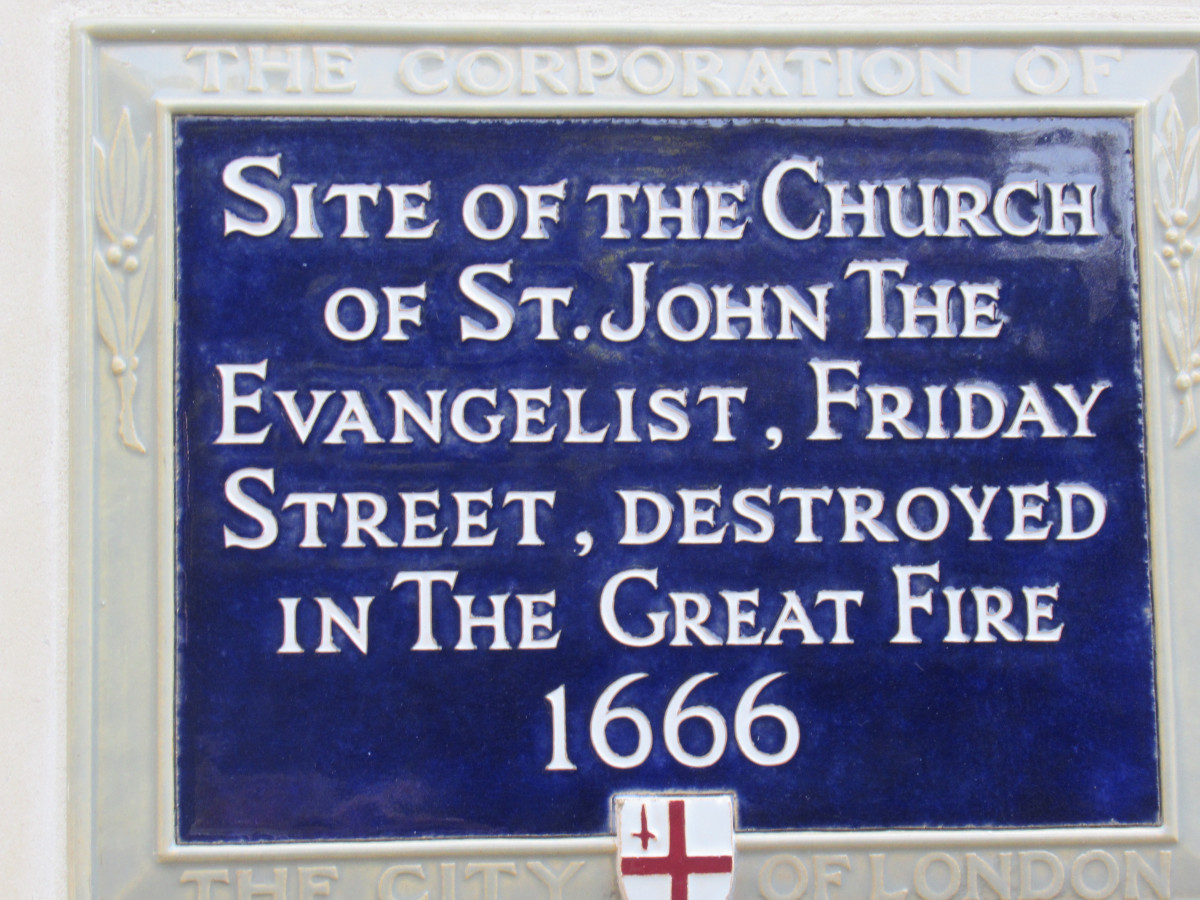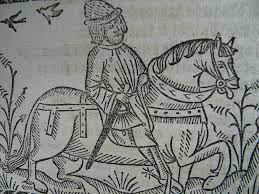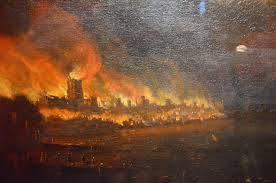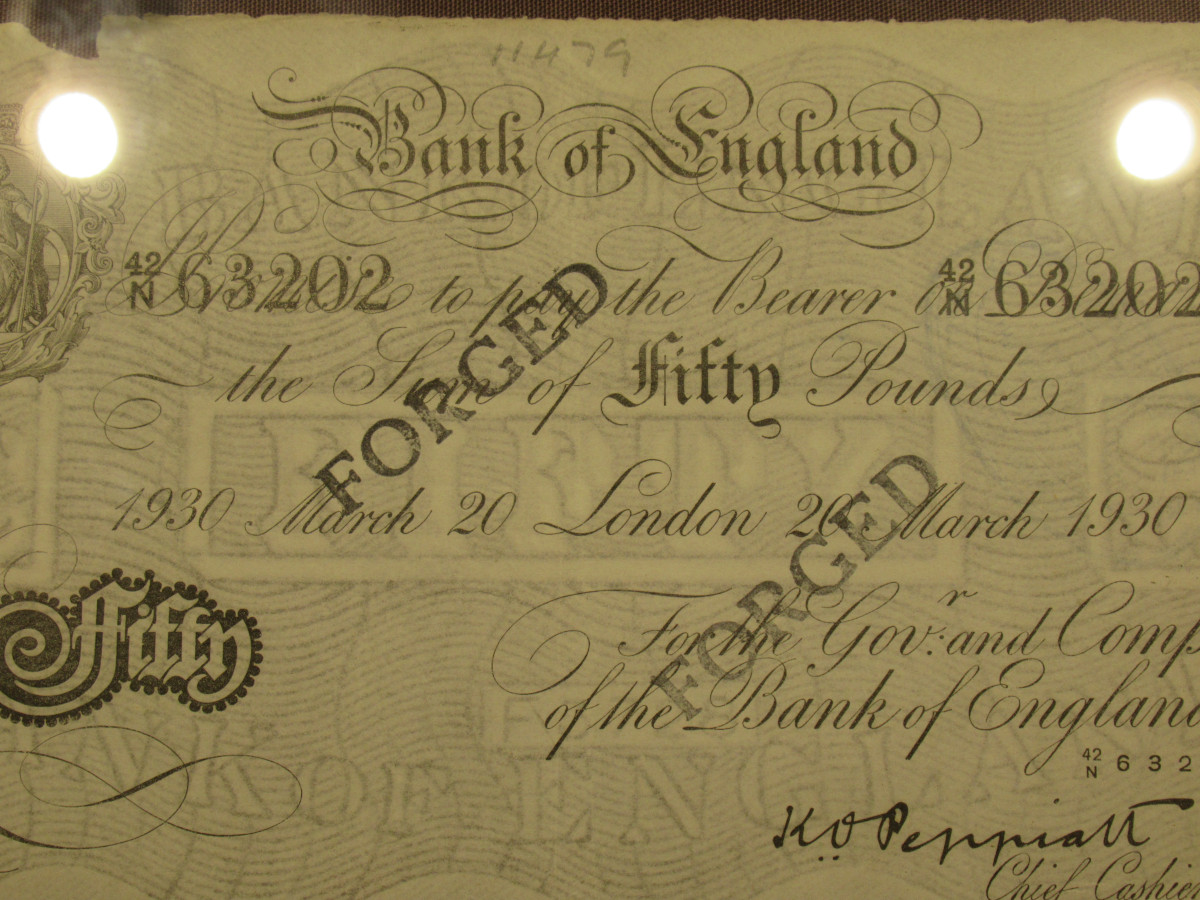The City of London, also known as the square mile (among the 600 square miles of today’s London!) is where it all began. This post gives you a flavour of this ancient and fascinating area, a glimpse at some of its history and a rundown of the places not to miss when you visit. You’ll know when you are in the City of London, because every street sign includes its shield, featuring the red cross of St George, silver dragons and the sword of St Paul. St George is the patron saint of England, St Paul of London.
history in the streets



The city gates are long gone, but they live on in street names such as Aldgate, Bishop’s Gate and Newgate, later used as a prison and often featured in Dickens’ novels. Much history remains in the street names. Imagine the bakers plying their trade in Bread Street and Pudding Lane and the tailors of Threadneedle Street. Old Fish Street and Friday Street are references to the practice of eating fish on Fridays and during Lent. Cloak Lane is less obvious, derived from ‘cloaca’, a sewer in Roman times. Hanging Sword Lane was where a fencing master lived, his pictorial sign attracting customers who could not read.
the middle ages



In the Middle Ages, the streets here were narrow, noisy and stinking: overhanging thatched rooves, waste running freely down the roads, pigs and chickens roaming free. The two main markets were Eastcheap and Cheapside (‘cheap’ being the Saxon word for market) and the Smithfield livestock market, begun a thousand years ago, was still operating in the 20th century. Guilds operated, overseeing apprenticeships and settling disputes between traders: The Worshipful Company of Weavers was the first, dating from 1125, others included Fishmongers, Grocers, Skinners (in the fur trade) and Salters (who preserved fish and meat). Some still exist, playing a charitable tole, raising money and running schools like Merchant Taylors’.
St Bartholomew’s Fair, a summer cloth fair attracting merchants from all over Europe, was opened in 1123 and closed in 1825 when the accompanying entertainments and revelry became too rowdy. Nearby Smithfield attracted players for large rowdy ball games which were a forerunner of today’s football and large crowds came to watch miracle plays, dog fights, jousting and public executions. The Peasants’ Revolt of 1381 climaxed at Smithfield, when the rebel Wat Tyler, who’d led thousands of protestors against the new poll tax into London from the shires, confronted the young king, Richard II. This story is told in detail on the podcast.
the city devasted: 1665, 1666



The bubonic plague hit London in the spring of 1665 and by the September peak, over 7000 Londoners were dying in a week. Samuel Pepys wrote of ‘Great fears of the Sicknesse here in the City’ and any house where someone was ill was boarded up with a red cross and the words ‘Lord have mercy on us’ painted on the door. Corpses were collected at night, onto carts pushed through the streets to cries of ‘Bring out your dead’ and then thrown into plague pits. The Great Fire of 1666, which began in a baker’s kitchen in Pudding Lane, burned for 4 days and 4 nights, destroying 13,000 houses and 87 city churches.
the city rebuilt
The city’s recovery was amazing. A huge building programme was led by Sir Christopher Wren (see last episode) and after ten years, much had been restored. The Monument, built in celebration of this achievement, dates from 1677. A new city emerged from the ashes and it was at this point that its role as a financial centre really took hold. Fashionable new coffee houses opened, convenient places to meet to discuss business and it was now, for example, (1694) that Edward Lloyd founded the marine insurance business which would become the world’s biggest insurance market. Stories of the ups and downs of the city’s fortunes – for example the great crash of 1720, known as the South Sea Bubble – are told on the podcast.
By the 19th century, London was the powerhouse of the British Empire, built around the docks and warehouses and financed here in the city. Charlotte Bronte was impressed, writing in 1853 that she was ‘deeply excited’ by ‘its business, its rush, its roar’. Victor Rothschild was less impressed and wrote in the 1930s that he did not like banking, which ‘consists essentially of facilitating the movement of money from Point A, where it is, to Point B, where it is needed.’ In 1940, the City of London was subjected to the blitz, beginning on Black Saturday (September 7th) and followed by 57 nights of bombing in a row. This story is also told in detail on the podcast.
which churches to visit?



The City of London is full of beautiful churches, many designed by Christopher Wren including, of course, St Paul’s (see previous episode). The oldest parish church in the city is St Bartholomew, whose vast Norman columns and arches can still be seen. St Lawrence Jewry is a 13th century beauty, rebuilt after the fire by Christopher Wren, as was St Mary le Bow, originally built from Caen stone by William the Conqueror. Traditionally, to be a Londoner, you had to be born within the sound of Bow Bells and a recording of them rang out all over Europe in 1944 to celebrate the imminent liberation. More churches are mentioned on the podcast and several guided walk options are listed below.
4 more city of london sights



The Guild Hall, built in 1411 is the city’s only surviving medieval building apart from churches. It was built as – and still is – the City of London’s Town Hall and its name, derived from ‘Geld’ or money, indicates that this was where taxes were collected. Today it is the venue where the Booker Prize is awarded. It is free to visit and there are monthly guided tours. Next door is the Guild Hall Art Gallery, free to enter, where you can see paintings depicting the history of London and the remains of a Roman amphitheatre.
The Royal Exchange, dating from 1566, was London’s first purpose-built stock market, originally opened by Queen Elizabeth I. It was twice destroyed by fires and the current building, opened by Queen Victoria fell into disuse after World War II. Today it’s been remodelled as a luxury shopping and dining destination: think Hermès, Tiffany and Co, and Boodles. But do also admire its portico with 8 Corinthian columns and central statue representing Commerce and go up to the first floor to see 24 painted scenes of London’s history, including William the Conqueror granting a charter to the City of London, Sir Richard Whittington dispensing charity and the Thanksgiving for Peace service at St Paul’s in 1919.



The Bank of England was founded in 1694 and you can learn its story by visiting its museum. Originally, each bank note was handwritten – printing began in 1729 – and the huge hall was filled with hundreds of stockbrokers who came to buy and sell commodities. The museum covers the history of 1500 years of money-making. Anne Murphy’s book, Virtuous Bankers, brings the daily life of 18th century London bankers vividly to life.
The Mansion House has been the official residence of the Mayor of London since 1189 and this version dates from 1752. Today it is also the venue for meetings and conferences hosted by the Mayor, and high-profile receptions for government ministers and foreign Heads of Government. The Chancellor of the Exchequer’s annual Mansion House speech is a highlight of the British political calendar. There are weekly guided tours of the Mansion House.
There is much more on the podcast, including a re-telling of the tale of Dick Whittington, the poor boy who came to see if London’s streets were paved with gold and ended up as three-times Mayor of London.
Listen to the podcast
Reading suggestions
A Short History of London by Simon Jenkins
The City of London: The History by David Kynaston
Virtuous Bankers A day in the Life of the 18th Century Bank of England by Anne Murphy
links for this post
The Monument
St Paul’s Cathedral
St Bartholomew’s Church
St Lawrence Jewry
St Mary le Bow
The Guild Hall
The Royal Exchange
The Bank of England Museum
The Mansion House
3 Guided Walks
City Churches Tour
City of London Guides Tour of Wren Churches
Self-guided Walk
Previous episode St Paul’s Cathedral
Next episode The Tower of London
Last Updated on November 21, 2024 by Marian Jones





